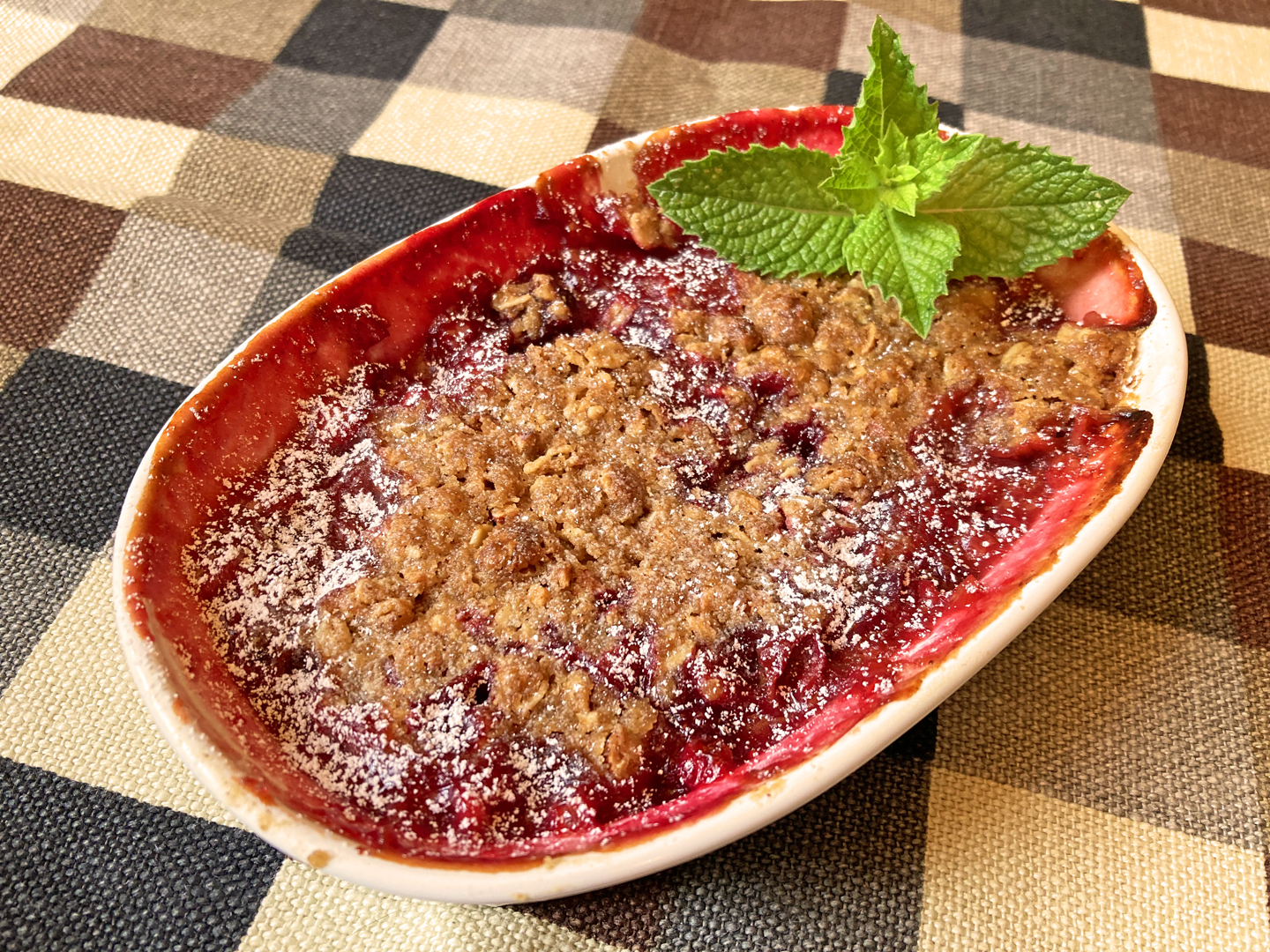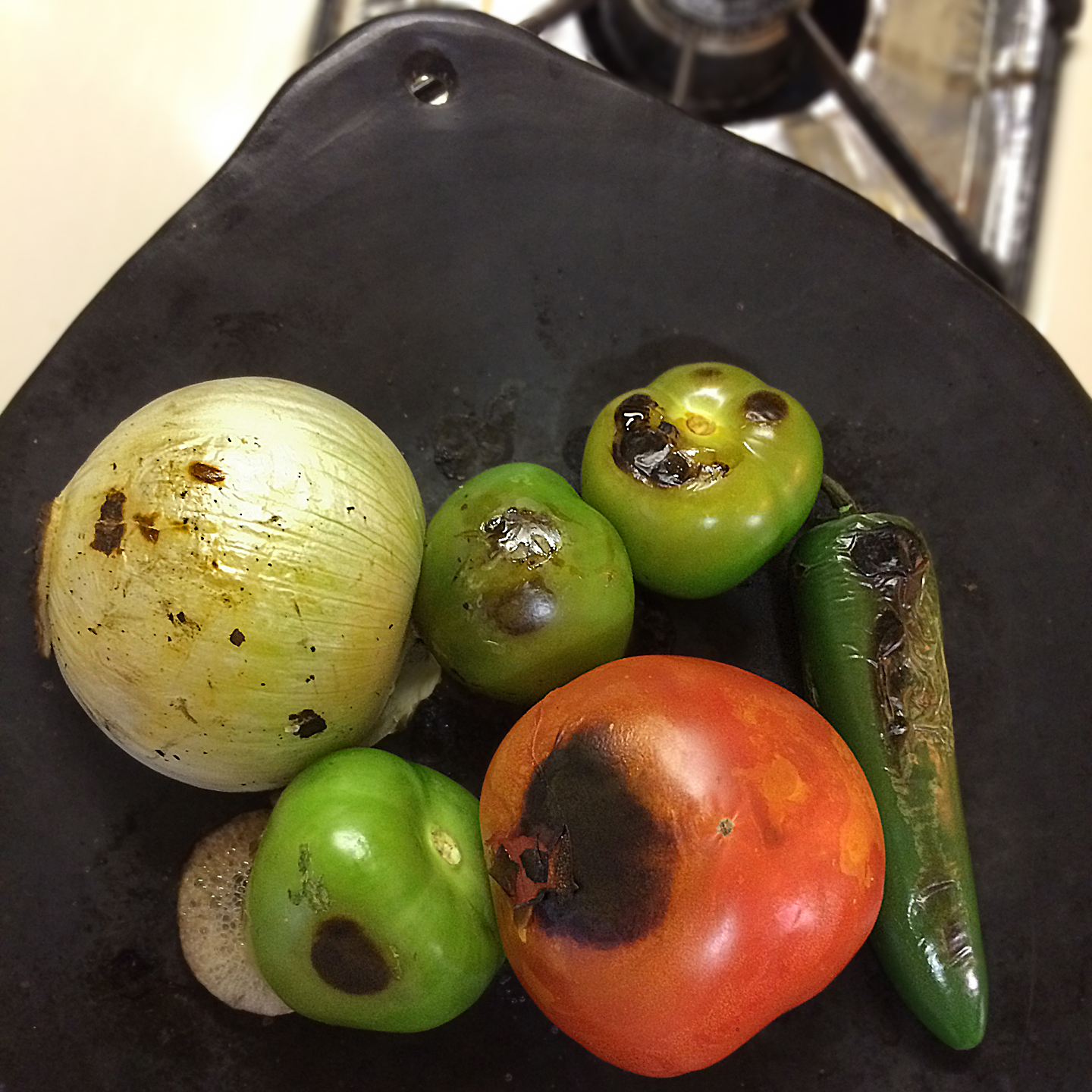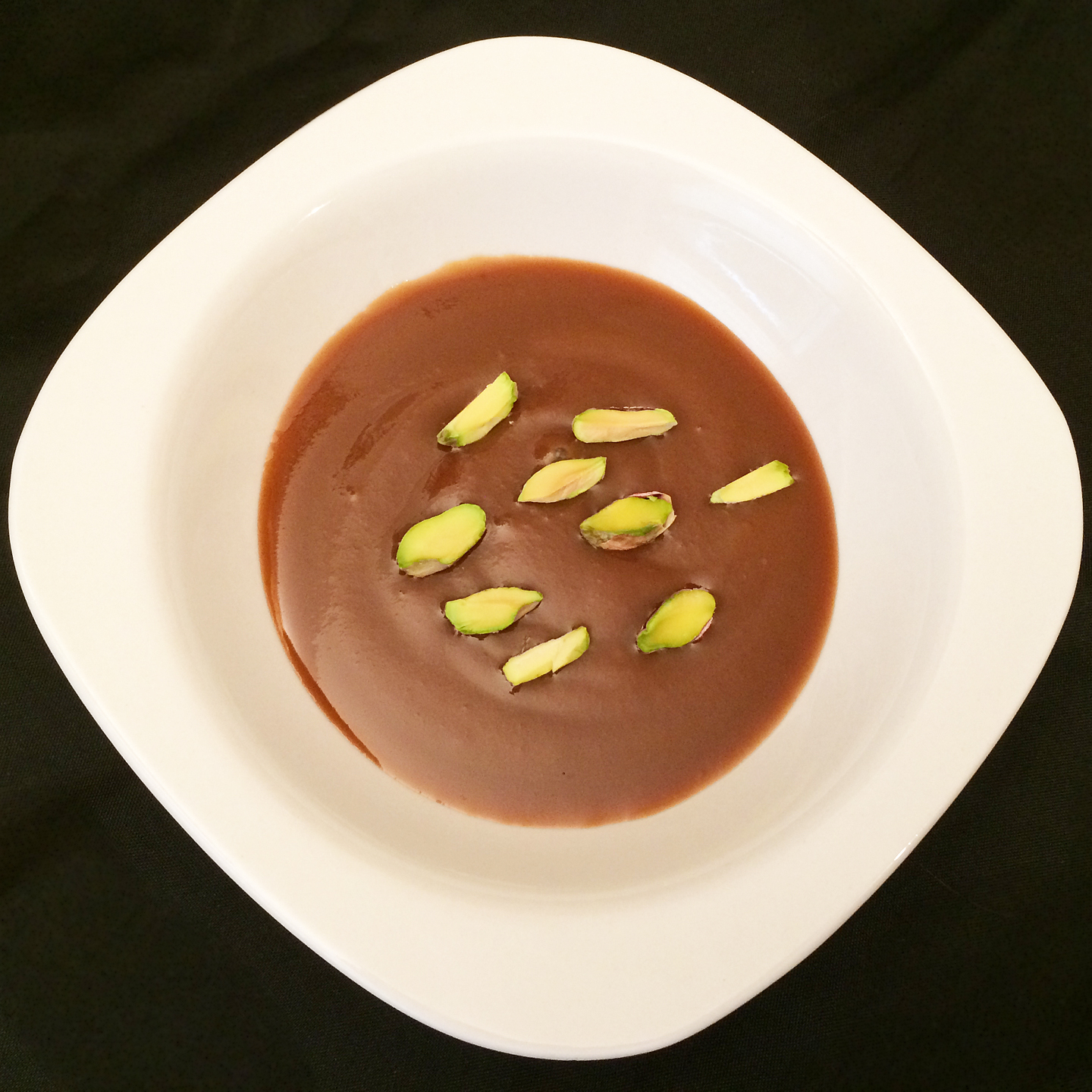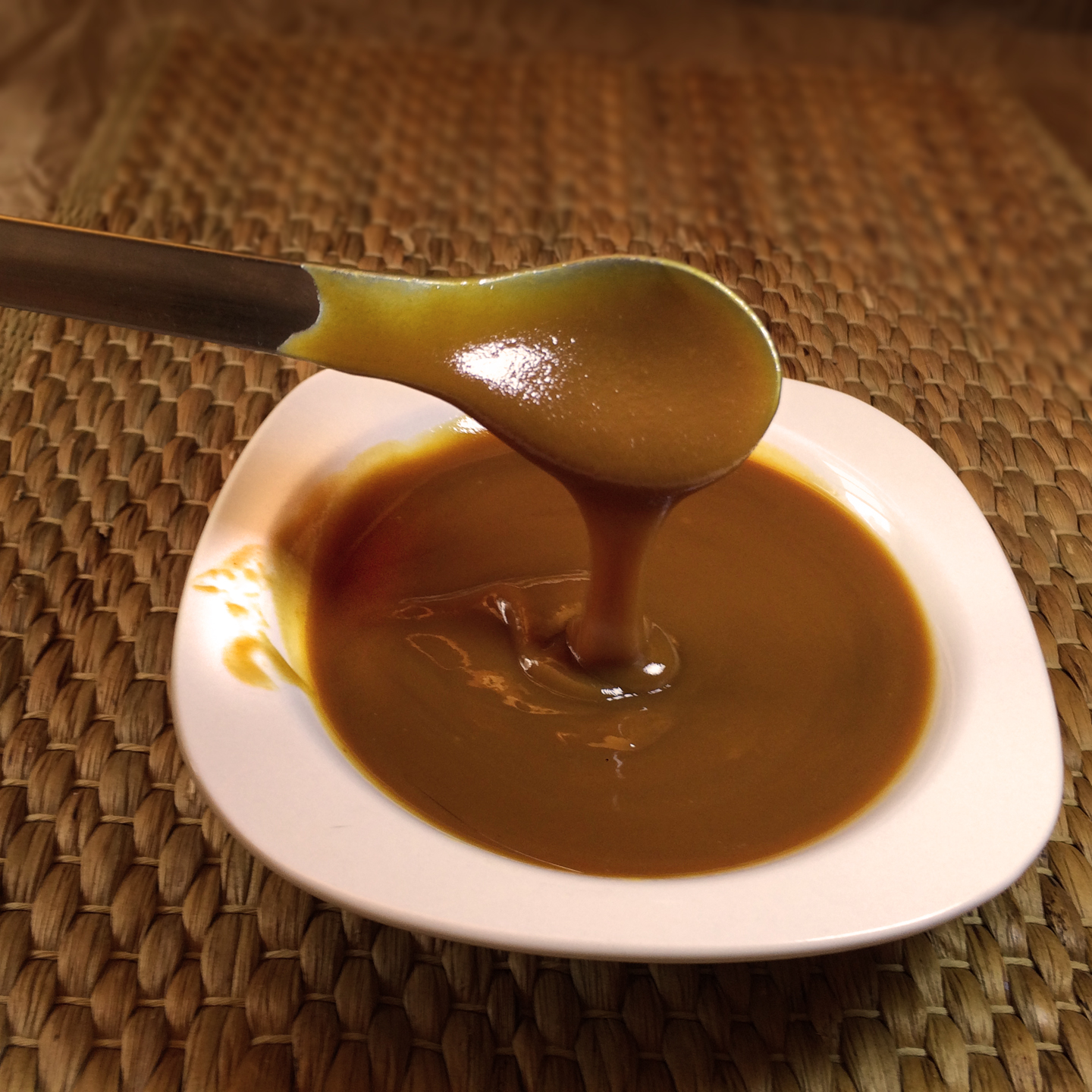(Click on any image to view it in high resolution.)

Whenever I purge the freezer it seems like I always unearth an inconsequential and hence forgotten bit of meat, in this case a sausage link that had no business being labeled “merguez”. So I decided to throw together something that might help it live up to its name while still not involving much work or any shopping: all ingredients guaranteed to have come from my fridge or pantry.
The veggie component included onions, garlic, long green hot pepper, sweet red bell pepper, carrots, scallions and a little tomato; the pantry provided dried apricots and prunes. The seasoning was primarily ras el hanout, a blend of Moroccan spices that includes cinnamon, cumin, coriander, turmeric, ground ginger, paprika, and about 20 more plus salt and black pepper, and the garnish was cilantro and a sprinkle of sesame seeds.
It’s not authentic, of course, hence the characterization “Marrak-ish”.
Served it over couscous with msemen (Moroccan flatbread) and assorted pickles left over from my last Little Levant Bay Ridge food tour.
Of course, a normal person would have just fried up the sausage and made a sammich out of it with a side of fries.
I definitely have too much time on my hands. <sigh>



















